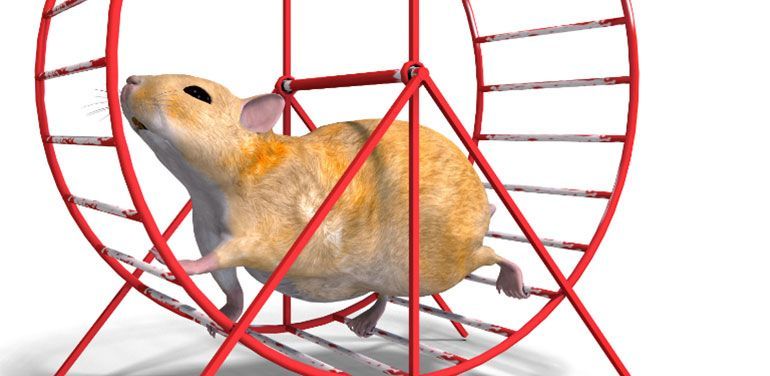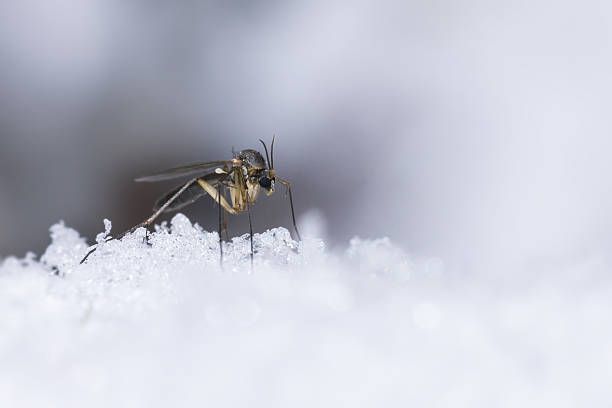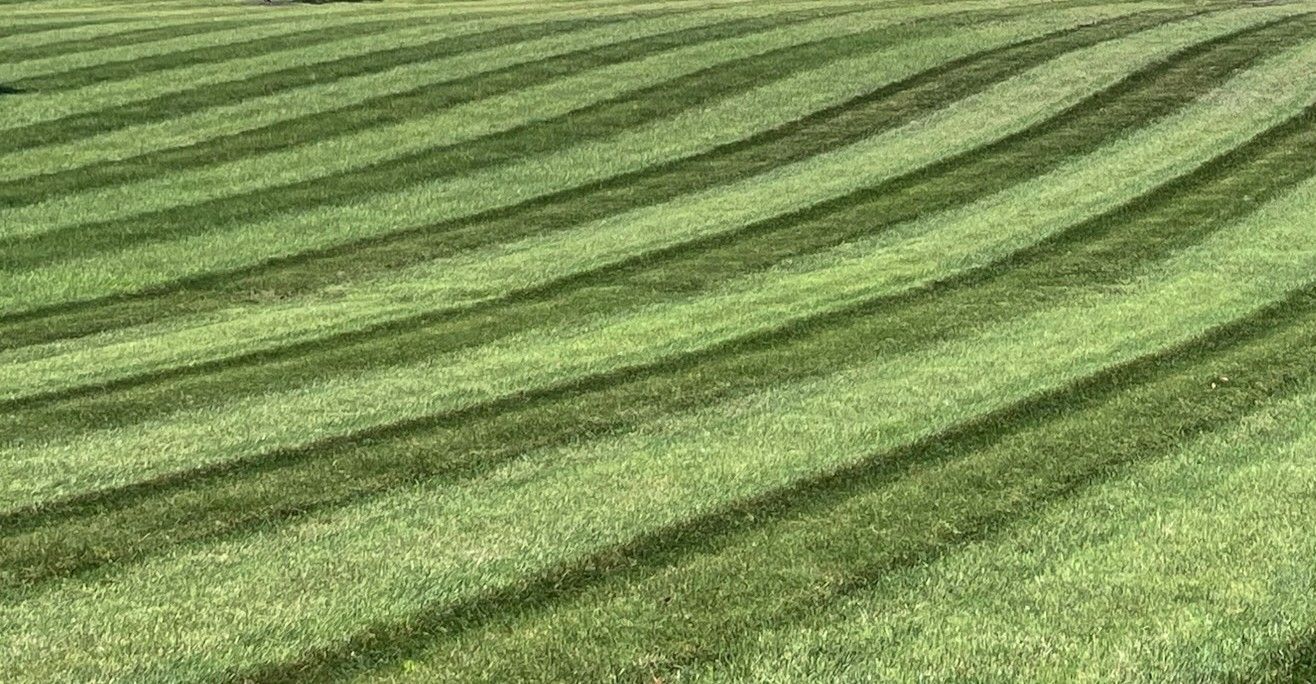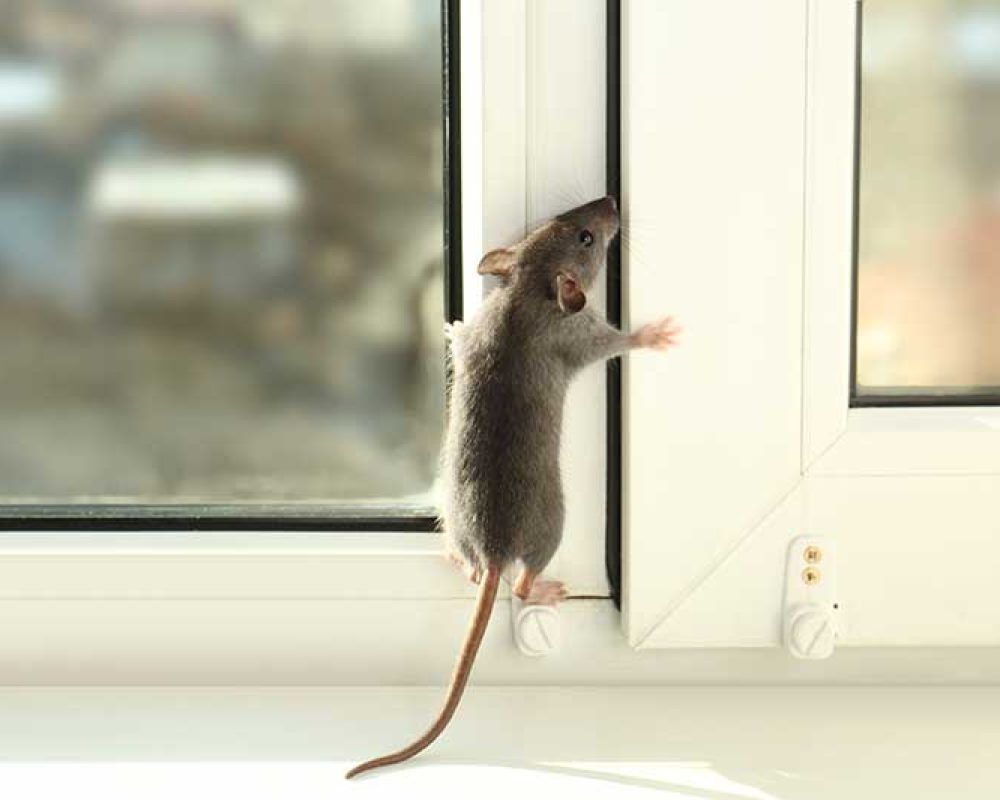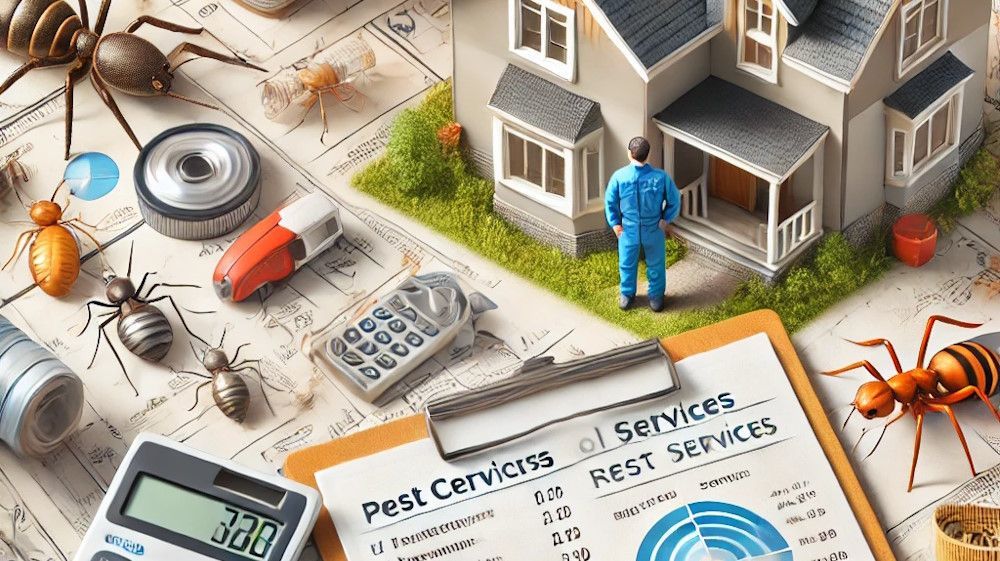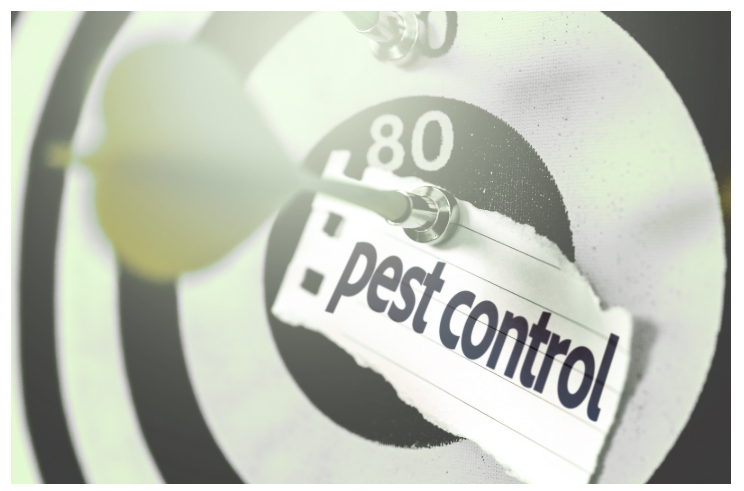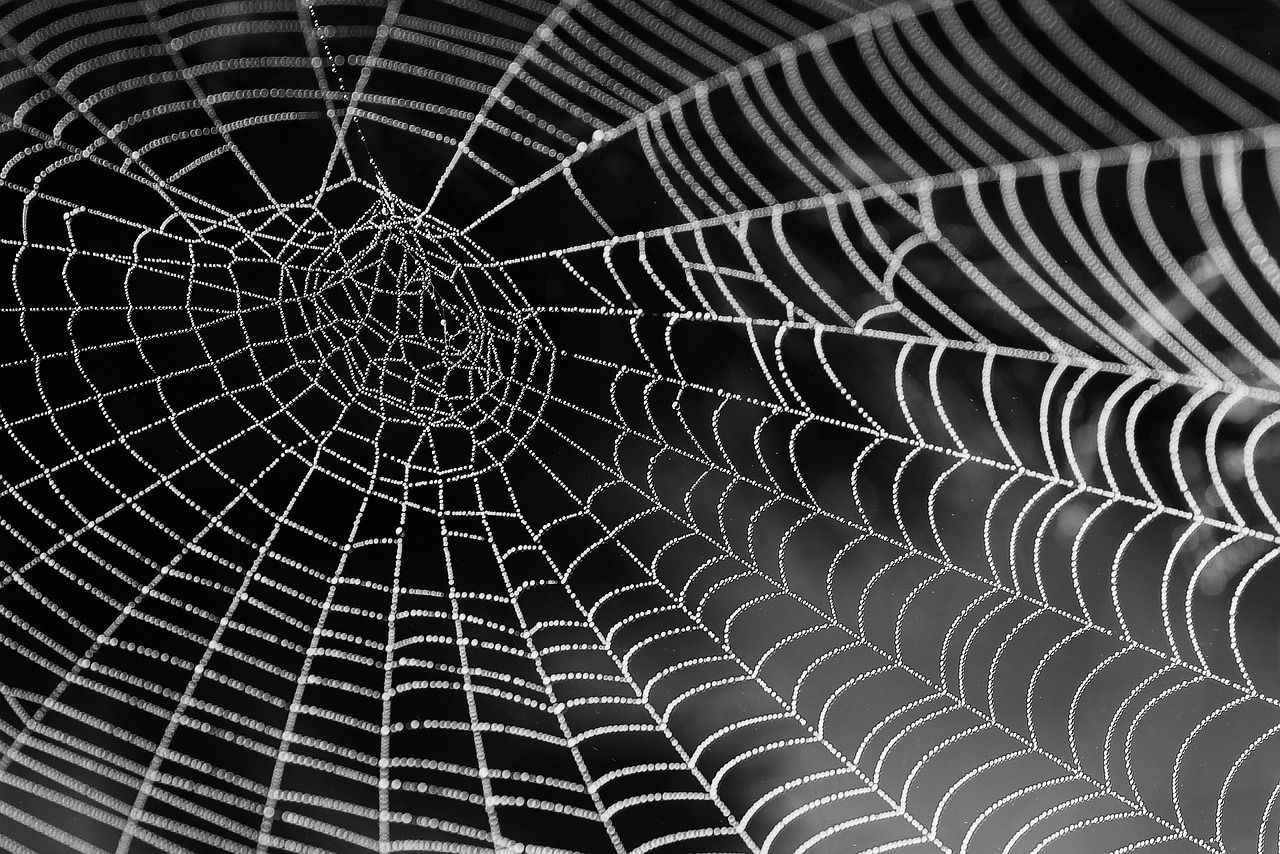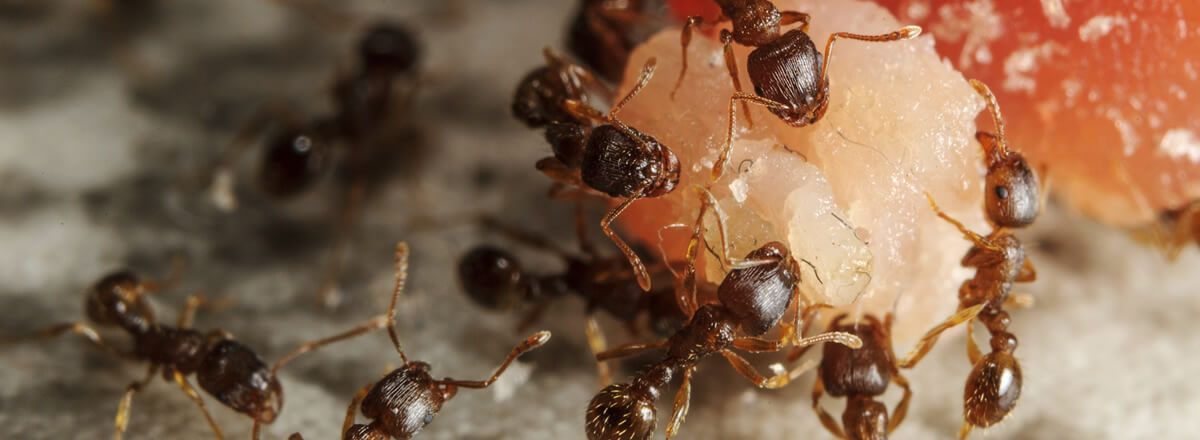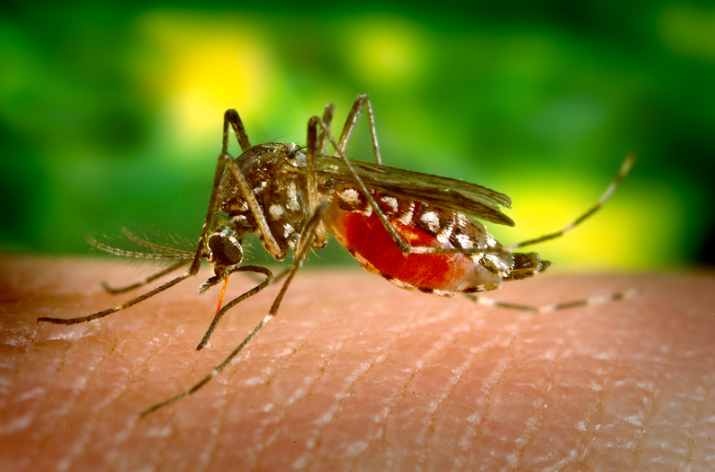The Green Advantage - Updated Business Plan
Our Business Plan - Available to YOU!

Business Plan
I. Business Description
The Green Advantage was established on January 1, 2009 as an S-corporation under Illinois state laws, and re-established on January 1, 2018 under Indiana state laws.
We are the most qualified pest control experts with extensive knowledge of the environmental, biological, agricultural, and entomological sciences. Holding a multitude of state and associative certifications including: Office of Indiana State Chemist, Illinois Department of Agriculture, Illinois Department of Public Health, International Society of Arboriculture, National Pest Management Association, Indiana Pest Management Association, and others. Our focus is on providing the most extensive pest control of the highest standard. The Green Advantage has been known for being a leader through innovation, knowledge and experience that is revolutionizing the industry. We fulfill the need and importance of high quality customer service utilizing human interaction and quality control. Many of our techniques and equipment are proprietary and only available through The Green Advantage.
Management Team
The Green Advantage currently employs 11 full-time employees and 2 part-time employee.
President – Jon Ipema
Jon has over 20 years of experience managing and operating businesses. Jon is one of the most experienced and licensed pest control applicators in the country, with a special focus on biological, chemical, environmental, and safety factors within the industry.
General Manager/Chief Financial Officer – Bridget De St Jean.
Bridget has more than 20 years of experience on financial planning and human resources in various industries. Bridget has been with The Green Advantage for over six years.
Operations Manager – Mike Bredan
Mike has over 20 years of pest control experience, including management, sales, training, safety, quality control and field operations. Mike has been employed with The Green Advantage for over two years and runs the daily operations.
Director of Sales – Andre Vena
Andre has over 18 years of sales and customer service experience in a variety of industries. For the past six years Andre has led the sales team for The Green Advantage.
Marketing Director – Samantha Ipema
Samantha started her career in marketing with The Green Advantage over four years ago, managing social media, print advertising, graphic design, and event coordination.
Services Offered
Commercial and Industrial Pest Management - The Green Advantage has been unsurpassed since its conception in commercial and industrial pest management services by effectively targeting, eliminating, and preventing pests. Our goal is to help businesses run smoothly with a safe work environment. We service a variety of commercial accounts, including retail stores, grocery stores, hotels, apartment buildings, daycare centers, retirement homes and community living facilities, to name a few.
Residential Pest Management – Living environments require particular care and expertise, and The Green Advantage is, and has been, unparalleled. Our team is excellent at fostering innovation in an ever-changing industry, leading the industry in safety and effectiveness in an often-complicated environment involving chemicals, structures, and proximity of people and pets.
Environmental Facility Services – The Green Advantage also provides superior service in related fields, such as industrial weed management, arboriculture, aquatics, soil compositional studies and rectification, vertebrate nuisance animal remediation, as well as snow and ice control.
Services Summary
The Green Advantage has led the field in innovation, safety, and understanding of the complex chemical, biological, and environmental aspects of nature and human interaction. Our customized equipment and methods have had a significant impact on the entire pest control industry.
II. Business Summary
Industry Overview
In the United States, the residential and commercial pest control service industry incurs gross annual sales of almost a half billion dollars. Research shows that consumers of pest control and facility services primarily focus on three components: quality, customer service, and safety. As awareness of public health and environmental impact has increased, so have the standards for this industry, with the implementation of Integrated Pest Management.
The pest control industry focuses on managing and eliminating unwanted pests, including insects, rodents, and other wildlife that can be harmful to health, property, and the environment.
Key aspects include:
- Types of Services: Residential, commercial, and agricultural pest control. Services can range from preventive measures to emergency treatments.
- Methods: Pest control techniques include chemical treatments (insecticides and rodenticides), biological control (using natural predators), and Integrated Pest Management (IPM), which combines multiple strategies for effectiveness and safety.
- Regulations: The industry is heavily regulated to ensure the safe use of pesticides and to protect public health and the environment. Compliance with federal and state laws is mandatory.
- Market Trends: Increasing awareness of health issues related to pests, and a growing preference for eco-friendly solutions, are driving demand for organic and sustainable pest control options.
- Technology: Innovations such as smart traps, remote monitoring, and data analytics are enhancing pest management efficiency and effectiveness.
- Challenges: The industry faces challenges such as resistance to pesticides, public concerns about chemical use, and the need for ongoing education and training for pest control technicians.
Overall, the pest control industry plays a vital role in maintaining health and safety in various environments, adapting to evolving consumer preferences, and regulatory landscapes.
Business Goals and Objectives
Our short-term goals include expanding service area, increasing value to current services, and continuing to grow The Green Advantage brand, making it a name unanimous with quality, safety, and integrity.
Our long-term goals include servicing all of Northwest Indiana and Easter Illinois, while also branching out further into Illinois and southern Michigan to provide effective pest control. We will continue to advance the field of pest management safely, while decreasing the negative impact on the environment.
III. Business Summary
Target Markets
The Green Advantage has the following target markets:
Commercial and residential settings who are seeking effective pest control services in Northwest Indiana, and who value our customized application for specific problem areas or prevention. Our target customers value quality, safety, and the environment.
Pricing Strategy
The Green Advantage utilizes cost-plus strategies. We calculate through proprietary algorithms based on business overhead, warranties, and cost of materials and labor. This strategy allows us to provide clear and comprehensive pricing that the customer can rely on and trust. Most importantly, it allows us to provide the highest quality of service.
The strategy begins with determining a metric that can be applied to a service type - linear or square footage, or diameter of trees, for example. The metric is added to a work sheet, in which predetermined formulas calculate the price for a service. This method allows us to quickly, efficiently, and accurately determine pricing, while still allowing for adjustments as variables may change.
In addition, we do not offer free estimates. This allows us to keep pricing competitive for our high-quality services. Our target customers value quality of service above all else, it is our determination that delivering any less than this is not worth reputational costs.
Marketing Strategy
The main focus of the marketing strategy at this point is brand recognition. We strive to use all marketing avenues available for our brand to be seen or heard - social media, direct mail, billboards, yard signs, radio, and local events (Lake County Fair, Crown Point Parades). We do utilize lead generators like Angi’s List, HomeAdvisor, and the services offered by the industry specific software, BRIO. A large part of this strategy depends on drawing potential clients to our website. Due to the complexity of the pest control industry, the website allows potential clients to examine what is available and some of our strategies. We use the “Pest Control Blogs” page of the website to answer questions, describe issues, offer solutions we provide, and present approaches people can take on their own to mitigate situations.
The Green Advantage implemented its brand-building strategy in 2021. Since execution, we have seen a drastic increase in website traffic, search engine inquiries, incoming phone calls, and sales. We have been so encouraged by the results of our brand-building strategy, that we have increased the budget for the program by an average of 82.7% year over year ever since. We are currently expanding this approach into several other digital methods like banner ads and expanding our online video library.
An additional part of our marketing strategy is community outreach. The Green Advantage continually supports our local schools, donating to sports teams, clubs, and fundraisers. We regularly donate to local events carried out by churches, schools, and clubs. Team members have been guest speakers for local garden clubs and landscape associations. We bring in paid interns to share our success and encourage younger generations. We intend to expand on our outreach programs to include helping with people who are struggling regardless of the reason, be it financial, health, or other circumstances. Although this is included in our brand building strategy, our team does this with passion and love for community.
